This post may contain affiliate links. Please read our disclosure policy.
Follow this step-by-step guide for how to cook couscous in just 15 minutes with simple ingredients. It makes a great side to accompany your favorite protein or use it in soups and salads.

What is couscous?
Couscous is a convenient pantry staple in Mediterranean cooking, and it makes a quick and easy side dish. Like rice or quinoa, it’s very versatile, and you can add different herbs, vegetables, and flavors to it. Contrary to popular belief, couscous is not a grain or a seed; it’s a form of pasta made from a dry mixture of semolina flour and water that’s rolled in very tiny irregular pieces. Because the pieces are so small, they cook quickly.
Is Couscous Gluten-free?
One of the first questions people ask is Does couscous have gluten? The answer is Yes. Couscous is made of something called Semolina which is a type of Wheat. Therefore, Couscous is NOT gluten-free. However, you may find some couscous that are “gluten-free”. Some stores may sell couscous that are made from corn or rice and they will say gluten-free on them.
three types of couscous
There are three different varieties of couscous: small, medium, and large. They are all cooked using the same method with the larger variety needing more liquid and taking just a bit longer. Here’s a note on each variety:
- Moroccan Couscous: This is the smallest and most common of the three varieties. It is the one you see pictured here, and the one we will focus on cooking. It’s great for adding to salads or seasoning and using as a simple side. It’s great served hot, room temperature, or cold.
- Pearl Couscous: Also known as Israeli Couscous is a bit larger than Moroccan couscous, and is roughly the size of a pea. It can be used interchangeably with Moroccan couscous and is great for adding to salads and soups.
- Lebanese Couscous: This is the largest of all the types, and is similar in both size and color to chickpeas. It has a hint of nuttiness, along with a chewy texture. It can be a sub for acini de pepe (a small pasta) due to its size and hearty texture.
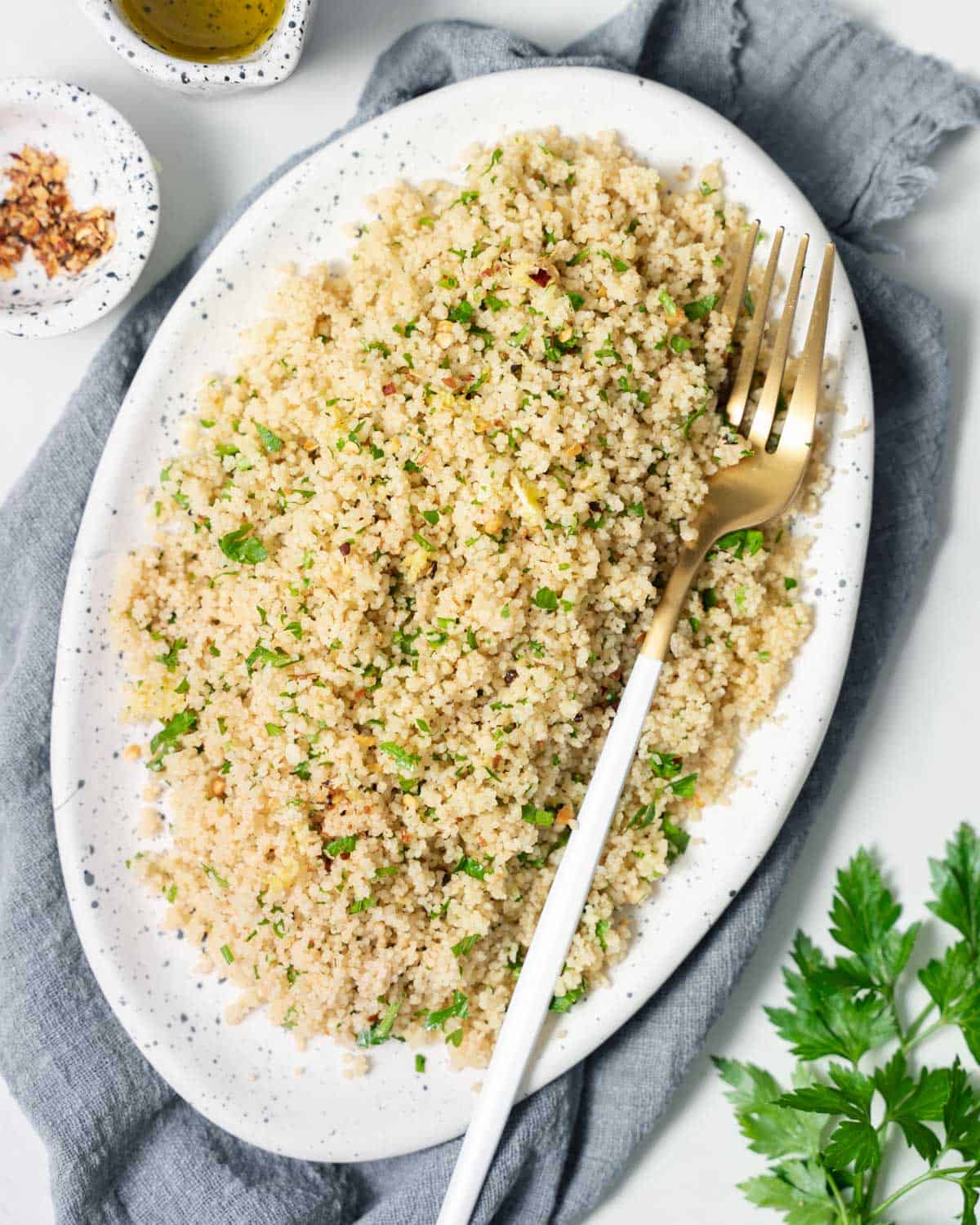
Why you will love this
- Quick and easy: No matter what variety of couscous you’re making, they are all simple and relatively quick to make.
- Tasty: Like pasta, couscous is a blank canvas and will take on any flavor that is added to it. The options are endless for how to serve it but it’s delicious with just some lemon juice, herbs and salt and pepper. You can also make it into a salad and add in beans, veggies and other ingredients.
- Great for meal prep: Leftover couscous is great and keeps for up to a week! Make it ahead of time, and then use it as sides or salads throughout the week.
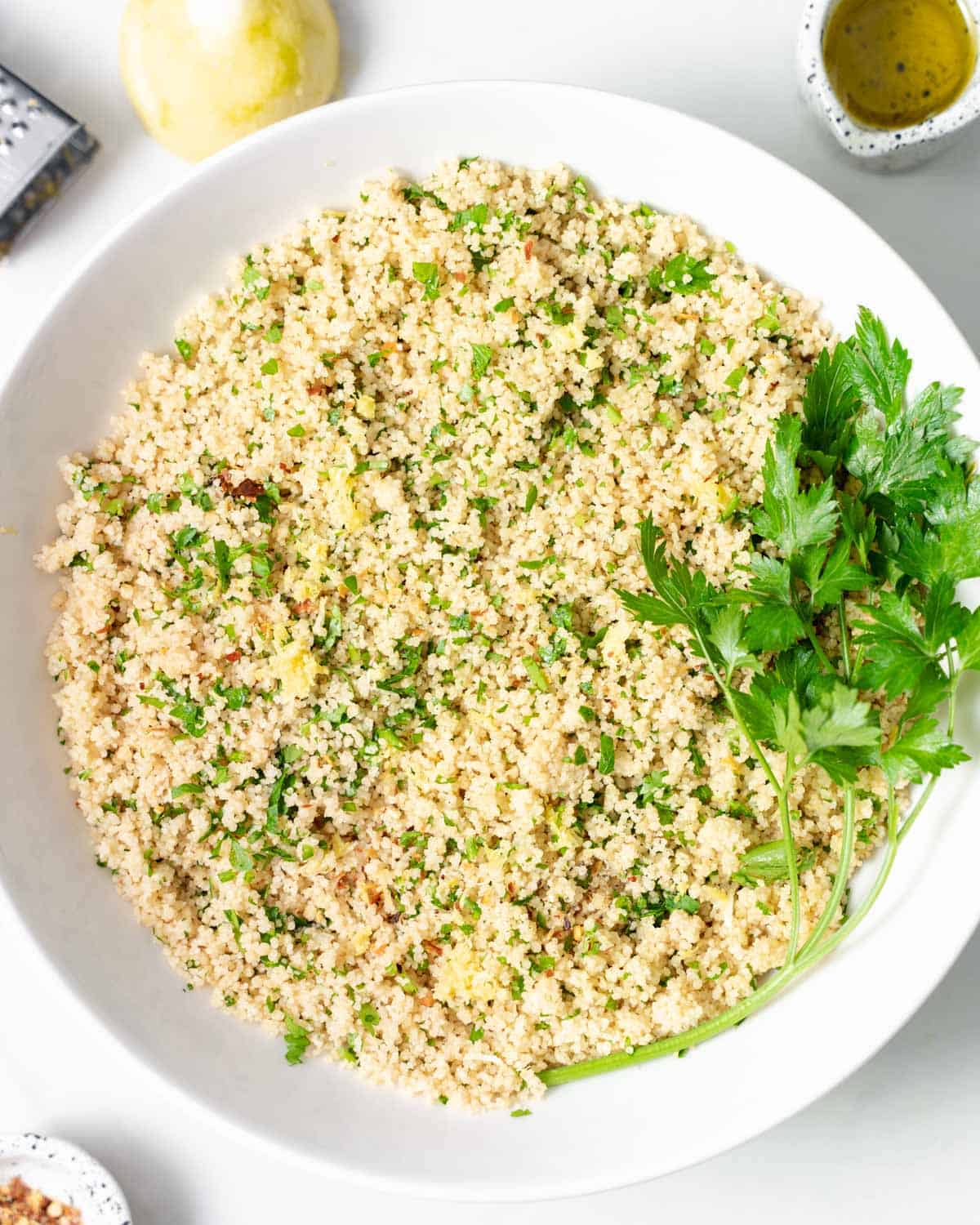
Ingredients needed
The ingredients to make a basic couscous recipe are very simple, you just need water and salt. However, we’re adding a few extra ingredients to make this dish super flavorful. Here’s everything you’ll need:
- Instant couscous: This is the Moroccan variety. It has great texture and it’s so delicious with just some simple additions.
- Broth or water: This is what will cook the couscous, and either chicken broth or vegetable broth is recommended for maximum flavor.
- Olive oil: For cooking the garlic.
- Salt & pepper: To bring out all of the flavors in this couscous recipe.
- Lemon juice: Adds brightness and a citrus touch.
- Garlic: Minced garlic cloves provides depth of flavor.
- Herbs: You can use any herbs to flavor couscous. We like the simplicity and fresh flavor of chopped parsley.
- Optional: Feel free to add some red pepper flakes for a bit of heat and/or lemon zest for a stronger lemon flavor.
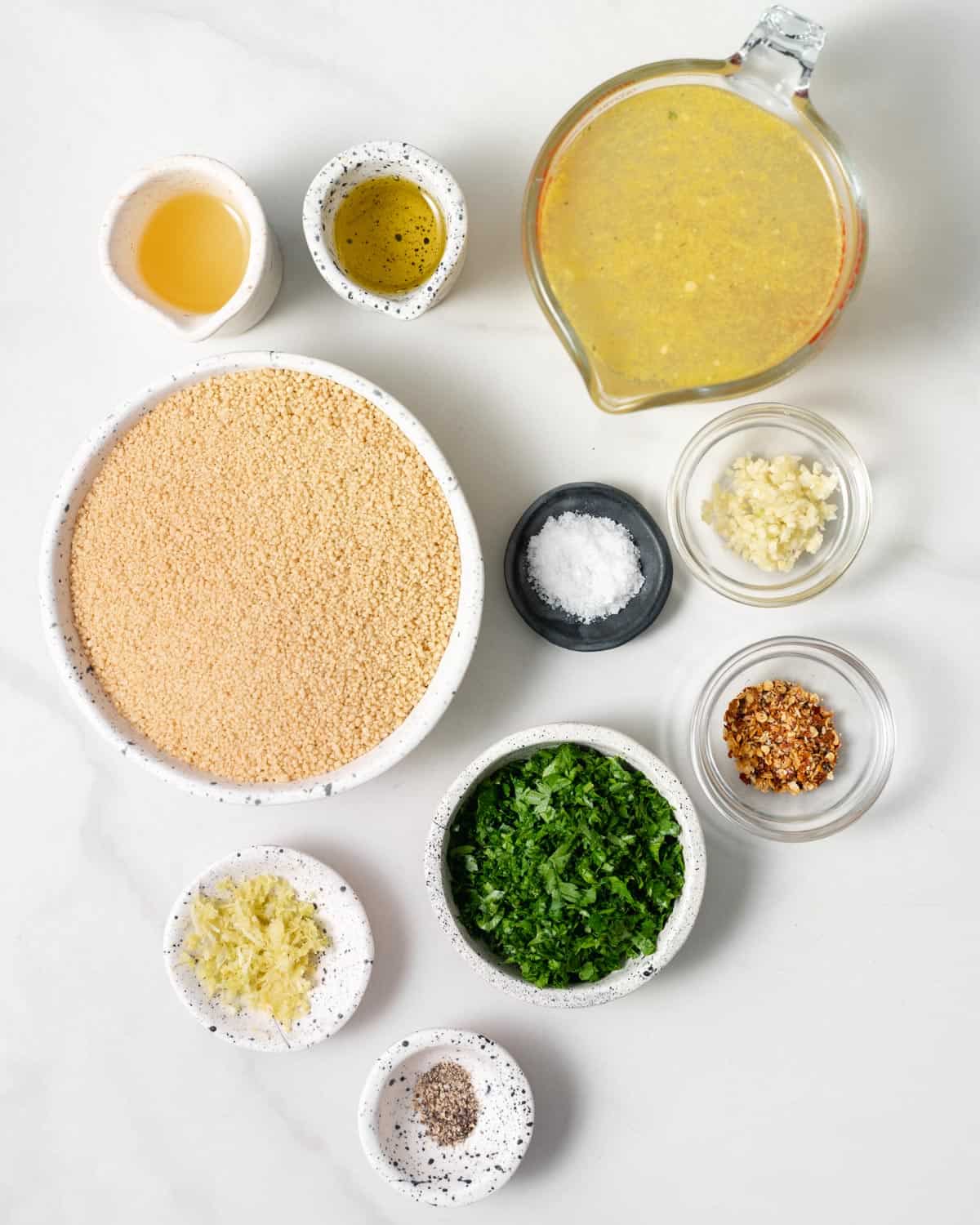
How to make couscous
- Sauté the garlic: In a medium saucepan, over medium heat, add one tablespoon of the olive oil and minced garlic. Sauté for just 20-30 seconds until garlic is aromatic. Be careful not to burn the garlic.
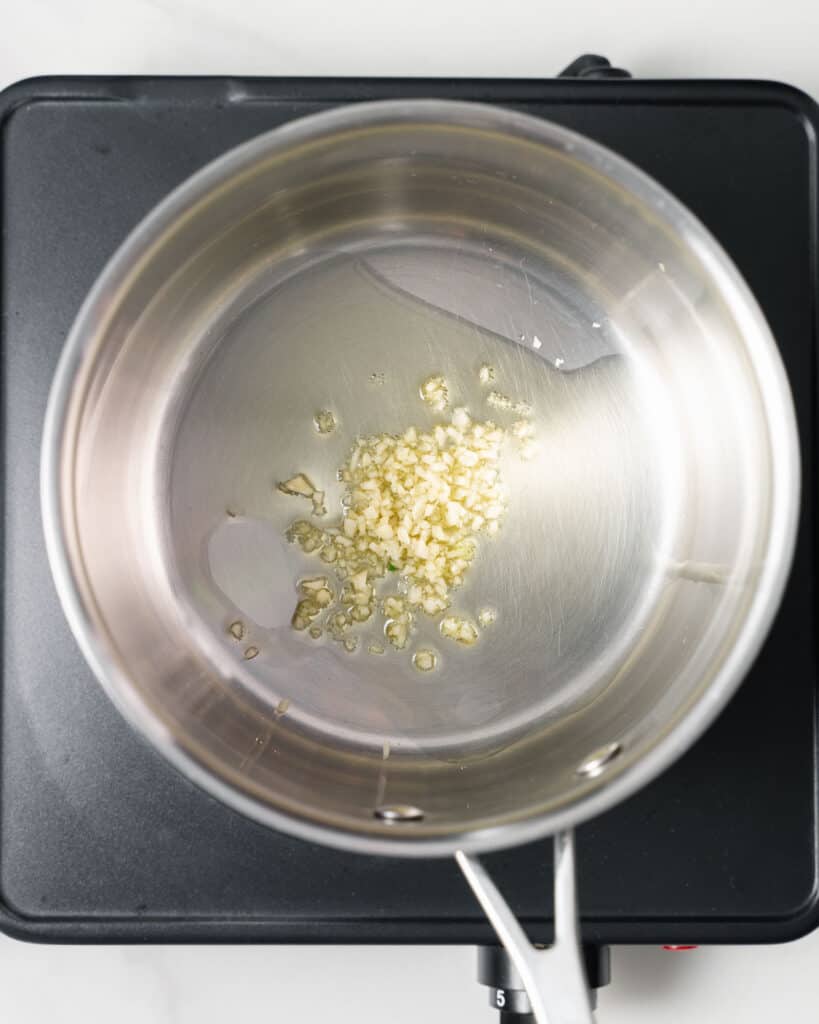
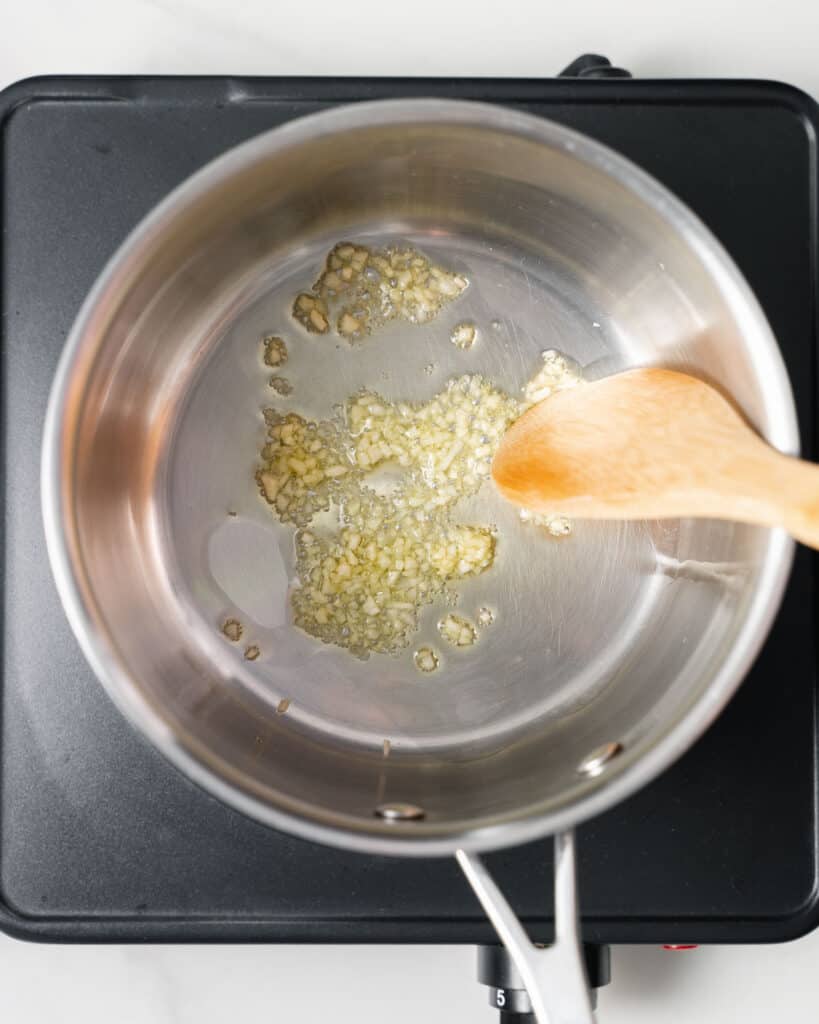
- Boil broth: Next, add the chicken broth or vegetable broth along with salt and pepper. Bring it to a boil, about 3-5 minutes.
- Add couscous to broth: Then, add the couscous and stir using a wooden spoon. Turn off the heat and cover the pot. Let it sit for 8-10 minutes or until the couscous has absorbed all the liquid.

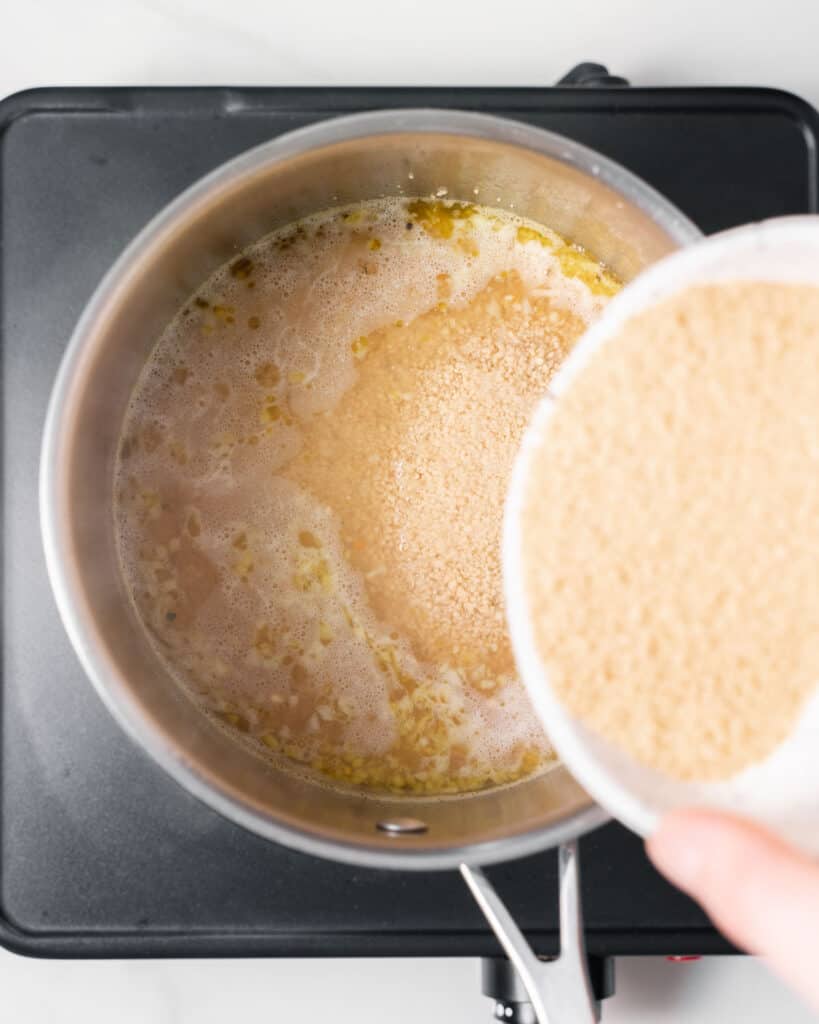
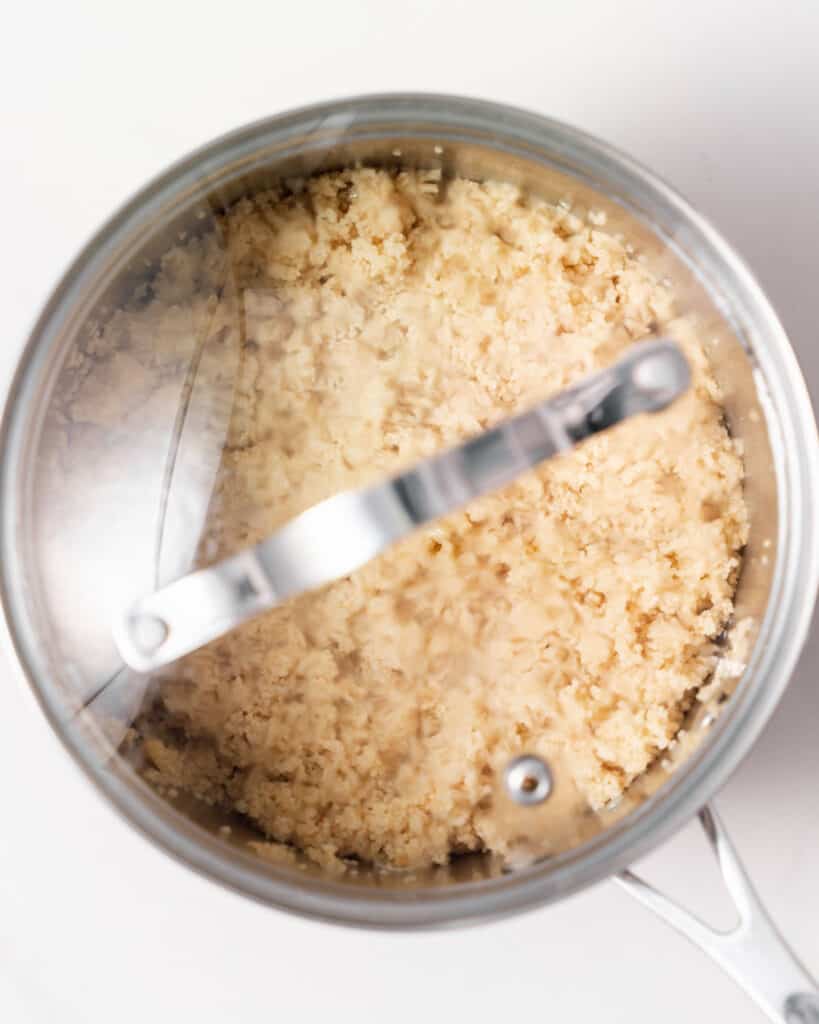
- Fluff and add other ingredients: Remove the lid and fluff with a fork. Transfer the couscous to a medium or large bowl and then add the lemon juice, remaining one tablespoon of olive oil, and chopped parsley.
- Adjust seasonings and serve: Taste to see if you need to adjust salt, and sprinkle some more if needed. Serve and enjoy.
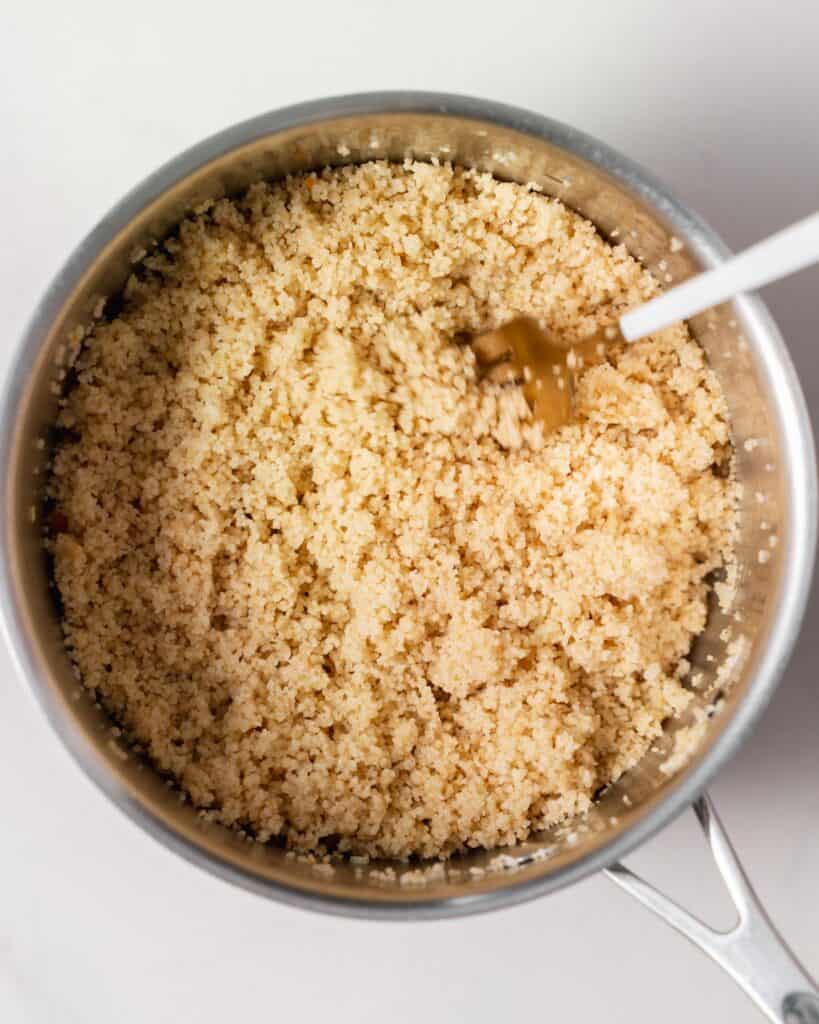


Expert tips
- Use broth for cooking: This recipe works with either water or broth, but for really flavorful couscous, use chicken or vegetable broth.
- Toast before cooking: This is an extra step that isn’t necessary, but can add a great nutty flavor that’s delicious. Before you add the couscous to the boiling liquid, heat it in a pan on the stovetop with a bit of olive oil. Toss it around in the hot skillet until it’s golden brown. This will take just a few minutes – you don’t want it too dark.
- Be patient: While the couscous is absorbing the liquid, do not uncover the pot. Let it fully absorb the liquid, and then you can fluff.
- Add extra toppings: Jazz up your couscous with extra mix-ins and toppings for more deliciousness! We love to add red pepper flakes, sliced green onions, toasted pine nuts, and/or toasted sliced almonds.
Frequently asked questions
For the small Moroccan couscous, it’s a 1:1 ratio of liquid to couscous for cooking. If you’re cooking the larger varieties of couscous like pearl or Lebanese, you will need to use more liquid.
Depending on the brand and type that you use, this can take anywhere from 5 to 15 mins, with an average of about 10 mins. To test for doneness, try a small amount and if it’s soft you can fluff with a fork, but if it’s at all crunchy, cover and leave for a few more minutes before fluffing.
No, there’s no need to wash or rinse the couscous before cooking it, as it doesn’t have anything covering it that would need to be removed.
Couscous can be a healthier option for some when compared to other carbs. It is a good source of carbohydrates and has some protein and fiber. However, it all comes down to your portion sizes and how it is prepared. If you can, make whole-grain couscous instead of refined couscous because it is a better option with more fiber.

What to serve with couscous
- Crispy Parmesan Crusted Salmon
- Shrimp Creole Recipe
- Creamy Tuscan Salmon
- Creamy Chicken and Broccoli Skillet
- Baked BBQ Chicken Breast
- Air Fryer Chicken Bites
- Maple Pecan Salmon
- Salmon Florentine
- Chicken Florentine
Storage recommendations
- Leftovers: Store leftovers in a covered bowl or airtight container, in the fridge, for up to 5 to 7 days.
- To reheat: Reheat with a splash of water or broth in the microwave or on the stovetop, until warm.
- Freezing: Couscous also freezes well! Keep it plain for freezing; don’t include other ingredients such as herbs until serving. To freeze, transfer to a freezer bag or container, removing as much air as possible, for up to 3 months. Thaw in the refrigerator overnight or for a day.
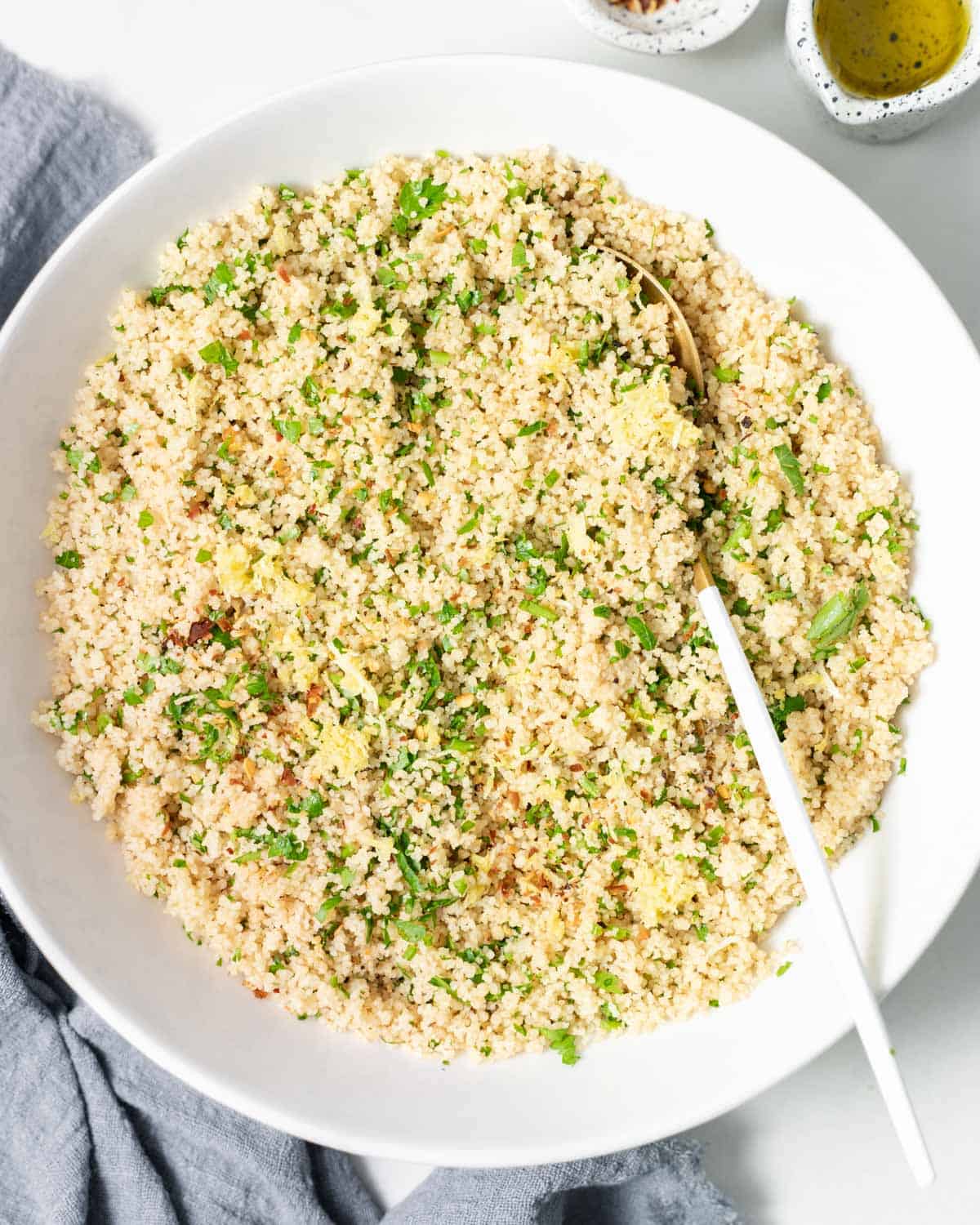
More how-to guides
- Homemade Tartar Sauce Recipe
- Homemade Pesto Recipe
- How to Make Homemade BBQ Sauce
- How to make Homemade Nutella
- Homemade Healthy Alfredo Sauce
- How to make Homemade Buffalo Sauce
- How to make Homemade Ranch Dressing
- Homemade Strawberry Jam
Also, if you try a recipe and you like it, leave us some feedback in the comment section below, and don’t forget to rate it! Share it with friends and family on social media.
Finally, please use our hashtag #healthyfitnessmeals on INSTAGRAM for a chance to be featured! FOLLOW Healthy Fitness Meals on FACEBOOK | INSTAGRAM | PINTEREST | TWITTER for all of our latest blog posts and recipes.


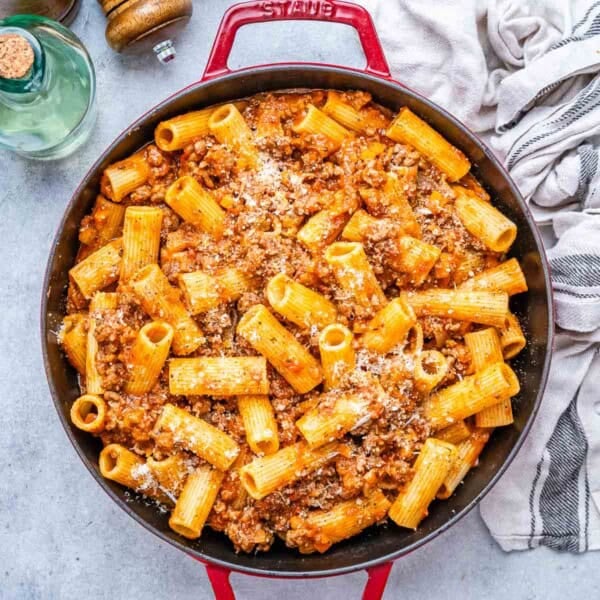


Perfect way to learn about it and so easy